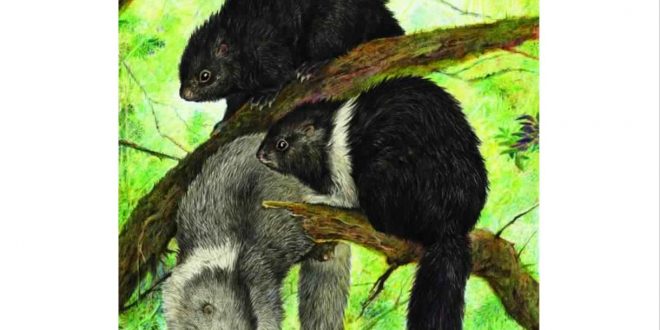Luzon is the largest and most populous island in the Philippines. Amid rapidly shrinking forests — the Philippines is one of the most heavily deforested countries in the tropics — Luzon is home to world’s greatest concentration of unique mammal species, according a paper published in Frontiers in Biogeography.
Scientists only realised the importance of Luzon after identifying 28 new species there during a 15-year study.
They include four kinds of tiny tree mice with whiskers so long they almost reach their ankles. Five other mouse species look like shrews and feed chiefly on earthworms.
Nineteen of the new species have been formally described in scientific journals, and nine are still waiting to be classified.
Luzon is also home to 57 species of bat, including the huge golden crowned flying fox, which weighs up to two and a half pounds.
At the other end of the scale is the lesser flat-headed bat, so tiny that it roosts inside bamboo stems.
Project leader Dr Lawrence Heaney, from The Field Museum in Chicago, US, said: “We started our study on Luzon in 2000 because we knew at the time that most of the native mammal species on the island were unique to the island, and we wanted to understand why that is the case.
“We did not expect that we would double the number already known.”
Luzon, which covers an area of about 40,000 square miles, is the largest island in the Philippines.
Because it has never been connected to a continental land mass, its isolated animals have been able to follow their own distinct evolutionary paths.
As well as being cut off, Luzon is covered in mountains – providing what scientists call “sky island” habitats which encourage further species adaptation.
Most of the new species live in tropical cloud forest high in the mountains.
Team member Dr Eric Rickart, from the Natural History Museum of Utah, US, said:
“There are individual mountains on Luzon that have five species of mammals that live nowhere else. That’s more unique species on one mountain than live in any country in continental Europe.
“The concentration of unique biodiversity in the Philippines is really staggering.”
A number of the species are seriously threatened by habitat loss and over-hunting, say the researchers whose findings are reported in the journal Frontiers of Biogeography.
Agencies/Canadajournal
 Canada Journal – News of the World Articles and videos to bring you the biggest Canadian news stories from across the country every day
Canada Journal – News of the World Articles and videos to bring you the biggest Canadian news stories from across the country every day



